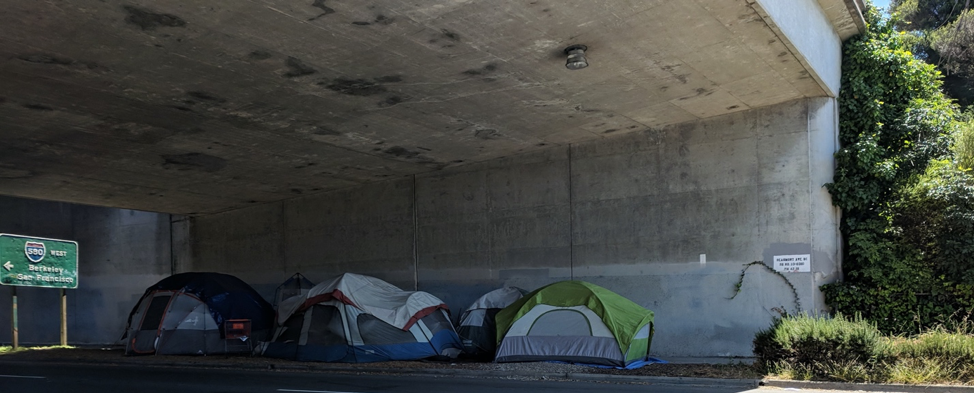Crime and Safety Housing Pretrial August 12, 2020
On any given night in the United States, more than 550,000 people are experiencing homelessness. Among these, 96,000 are chronically homeless, meaning they are facing long and repeated episodes of homelessness that make it increasingly difficult to return to housing. This crisis is perpetuated by a legal system that criminalizes survival behaviors associated with homelessness, fails to account for the ways in which people who are homeless face impossible odds within the legal process, and then releases them back into the community with even more obstacles than they faced before.
The time has come for local justice systems to take immediate action to halt the cycle of homelessness and jail incarceration.
This must begin with acknowledging the harms perpetuated by the current system, addressing deepening racial disparities, and enacting urgently needed changes to policies and practices.
That’s the crux of a new evidence brief issued this week by the Vera Institute of Justice—strategic allies to the Safety and Justice Challenge.
In the brief, we examine how the overenforcement and criminalization of homelessness exposes unhoused people to frequent police contact and citations for unavoidable aspects of homelessness, such as camping outside or soliciting help. For people lacking a stable income, housing, or a reliable mailing address, unpaid fines and missed court dates can quickly trigger warrants and arrests. Once caught in the system, people without housing face a higher likelihood of pretrial incarceration and increased vulnerability to conviction, leading to longer periods in jail.
After release from jail, increased obstacles and restrictions make it even harder to find safe housing, employment, and overall stability—leaving many recently released people with no realistic option for avoiding homelessness.
Confirming the cycle, researchers have found that homelessness is between 7.5 and 11.3 times more prevalent among the jail population. Because of punitive laws and enforcement practices, people who are homeless are 11 times more likely to be arrested, nationwide, than those who are housed.
Without legal and policy changes, the cycle of homelessness and jail will persist, and will deepen already existing racial disparities within the criminal legal system. Research has shown that Black people make up more than 40 percent of America’s unhoused population, despite constituting only 13 percent of the general population.
The evidence establishing the link between homelessness and jail incarceration demands further research and highlights the urgent need for alternative approaches.
The most humane way to stop the cycle of homelessness and jail is to provide safe and stable housing for all. But, as some jurisdictions are starting to recognize the urgency of stopping this cycle, local justice system stakeholders have begun implementing smaller solutions that offer people experiencing homelessness a way to avoid the devastating consequences of the criminal legal system, while also allowing communities to free up system resources for other purposes.
Our brief offers several strategies for breaking the cycle of homelessness including:
- Eliminating harmful city ordinances that target elements of homelessness
- Halting the issuance of warrants for quality of life offenses
- Forgiving legal fines and fees for people experiencing homelessness
- Reforming probation and parole procedures to support people without stable housing
- Addressing housing and employment restrictions for justice-involved people
Especially in a year when the United States is weathering an unprecedented public health crisis, it is more important than ever to examine the systems that make communities most vulnerable and to implement alternatives that prioritize safety, health, and justice for all.
—Madeline Bailey is a Program Associate with the Vera Institute of Justice



